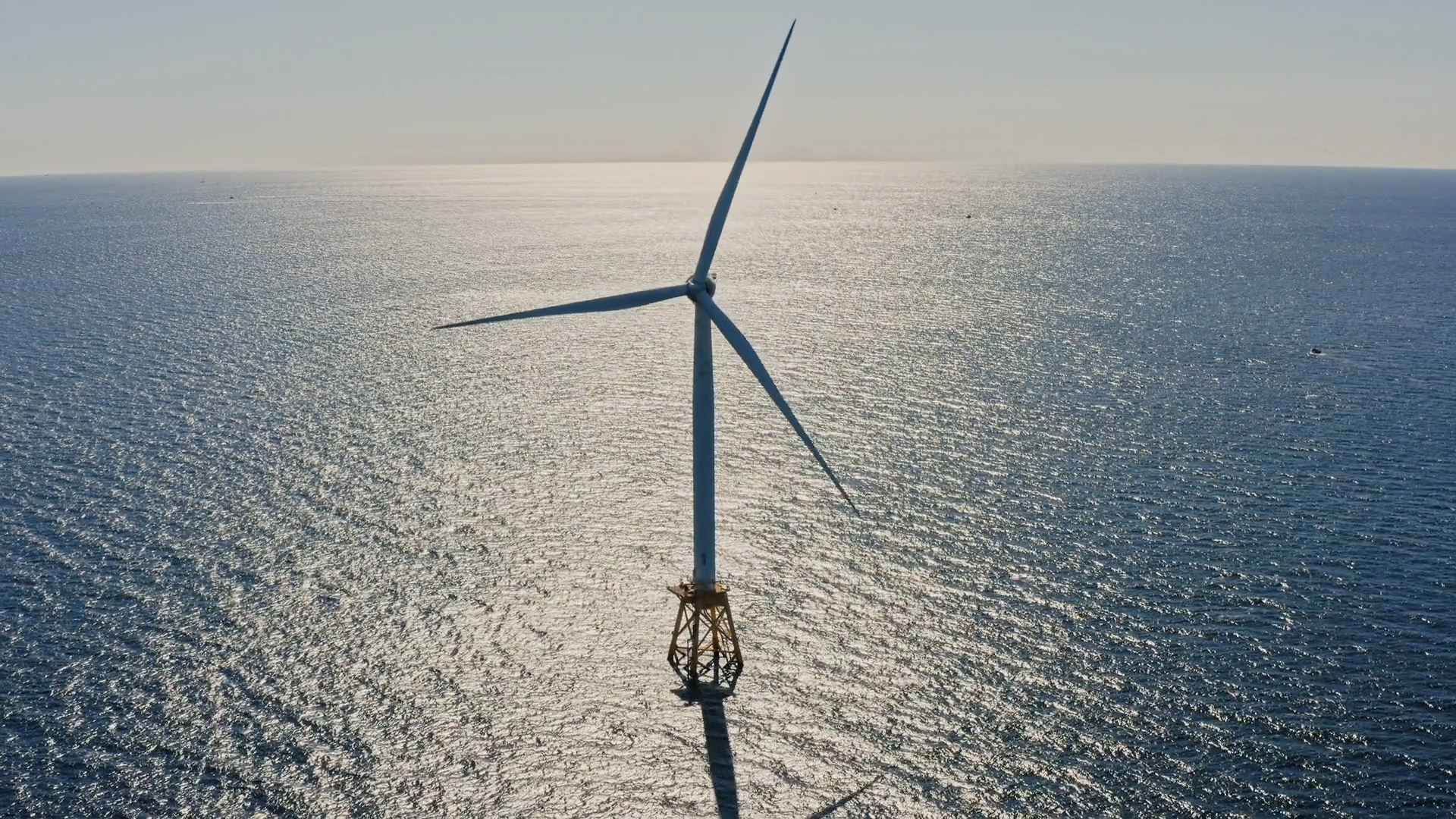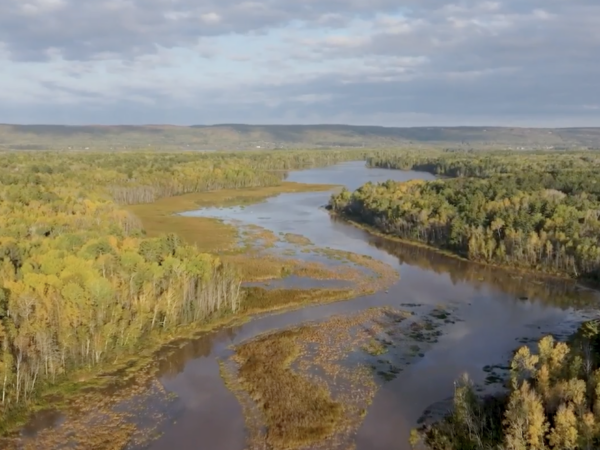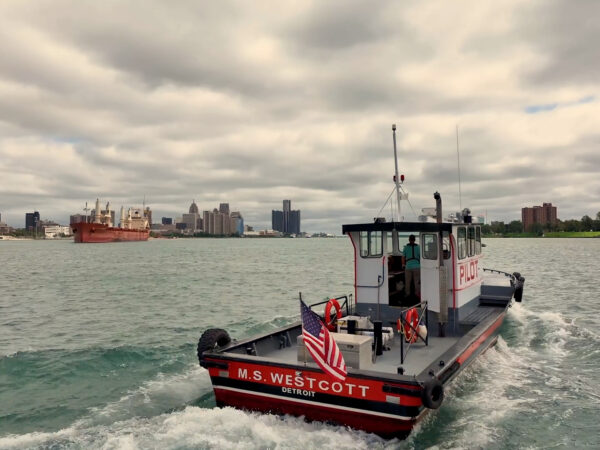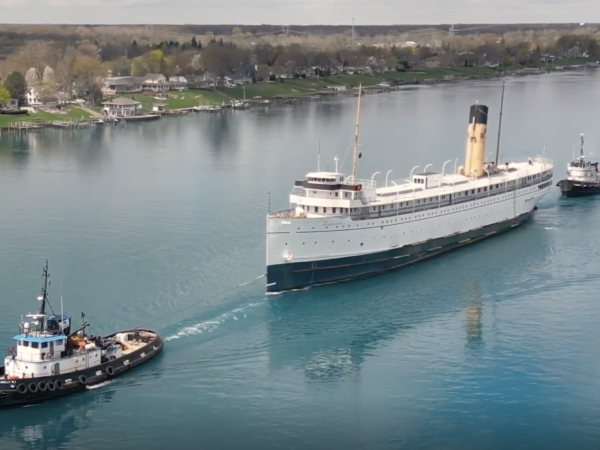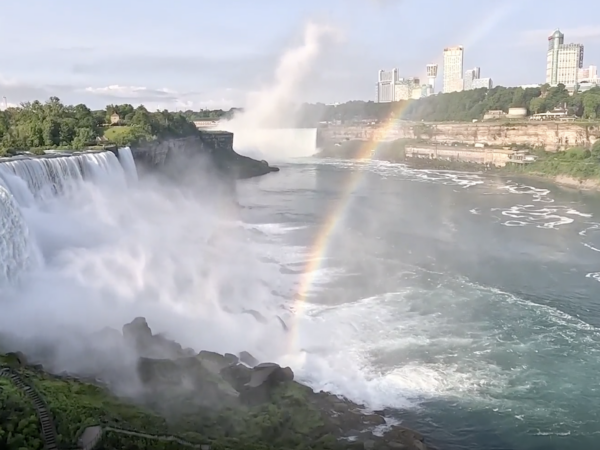IN THIS EPISODE:
In this episode of Great Lakes Now, check out ice climbing along the northern Great Lakes, learn about a controversial wind energy project on Lake Erie, and The Catch offers news from around the Great Lakes.
WHERE WE TAKE YOU IN FEBRUARY
GREAT LAKES LEARNING:
Explore this month’s hands-on lesson plans designed to help your middle schoolers understand the Great Lakes — all at home or in the classroom. They’re aligned to education standards AND free to download.
Lesson Plans
Have a question about the Great Lakes or life in the region?
Ask Great Lakes Now, and if we can answer it, we might loop it into our coverage so others can learn too.
Submit Your Question
When to Watch?
Check your local station for when Great Lakes Now is on in your area.
Premieres on DPTV
Monday, February 27, at 7:30 PM
STATIONS CARRYING THE SERIES
DPTV
Detroit, Michigan
WEAO
Akron, Ohio
WNEO-TV
Alliance, Ohio
WCML-TV
Alpena, Michigan
WDCP-TV
Bad Axe, Michigan
BCTV
Bay County, Michigan
WBGU-TV
Bowling Green, Ohio
WNED-TV
Buffalo, New York
WCMV-TV
Cadillac, Michigan
WTTW-TV
Chicago, Illinois
WVIZ-TV
Cleveland, Ohio
WKAR-TV
East Lansing, Michigan
WQLN-TV
Erie, Pennsylvania
WCMZ-TV
Flint, Michigan
WGVU-TV
Grand Rapids, Michigan
WPNE-TV
Green Bay, Wisconsin
WGVK-TV
Kalamazoo, Michigan
WHLA-TV
La Crosse, Wisconsin
WHA-TV
Madison, Wisconsin
WNMU-TV
Marquette, Michigan
WHWC-TV
Menomonie-Eau Claire, Wisconsin
WMVS-TV
Milwaukee, Wisconsin
WCMU-TV
Mt. Pleasant, Michigan
WLEF-TV
Park Falls, Wisconsin
WNIT-TV
South Bend, Indiana
WCNY-TV
Syracuse, New York
WGTE-TV
Toledo, Ohio
WDCQ-TV
University Center, Michigan
WNPI-TV
Watertown, New York for Ontario signal
WPBS-TV
Watertown, New York for U.S. signal
WHRM-TV
Wausau, Wisconsin
Ice Climbing
SEGMENT 1 | Munising, Michigan
Ice climbing is an extreme winter sport that is growing in popularity, especially in the Great Lakes Region.
In Michigan’s Upper Peninsula, cold winters create long climbing seasons, usually from November until May. According to Bill Thompson, an avid climber and owner of outdoor outfitter Down Wind Sports in Munising, Michigan, the Pictured Rocks National Lakeshore along the shores of Lake Superior offers a unique climbing experience.
“There is no place in the world where you can actually go ice climbing over open water and that makes us very unique.”
Great Lakes Now Contributor Ian Solomon decided to test his strength and skill on the frozen formations along Pictured Rocks. The team at Down Wind Sports helped show him the ropes and he quickly discovered one of the secrets to success is to use your legs as much as your arms.
Munising has become a destination for ice climbers. The town hosts an annual event called the Michigan Ice Fest that draws ice climbing enthusiasts from around the country to this small Michigan town.
Here is other Great Lakes Now work on Great Lakes winter recreation:
Offshore Wind
SEGMENT 2 | Cleveland, OH; Lake Erie
In the U.S., the offshore wind industry is in its infancy. There is currently a race on the Great Lakes to build the first freshwater offshore windfarm. A project on Lake Erie – known as Icebreaker – is vying to be the first out of the gate. And it has opponents and critics thinking hard about the possibilities and implications.
Icebreaker has been in the works for more than 10 years. The developer of the project, Lake Erie Energy Development Corp, says the project will put Cleveland on the map as a leader in renewable energy technologies.
But opponents of the project are fearful that if the project is successful, it will ultimately lead to widespread wind energy development on Lake Erie. They are concerned about the environmental implications and how wind turbines could impact the beauty of the lake.
To help understand how a windfarm might impact Lake Erie, Environmental Reporter for The Providence Journal Alex Kuffner weighs in. Kuffner covered development of the first offshore windfarm in the U.S., which can be found at Block Island, Rhode Island. He shares insights about what was promised and what came to be.
Here is other Great Lakes Now work on renewable energy projects:
Mapping the Great Lakes: Find the wind turbine clusters around the region
The Catch: News about the Lakes You Love
SEGMENT 3 |
Keep up with the Great Lakes’ biggest issues. Find out how environmental challenges are impacting your enjoyment of the outdoors and the health of the ecosystem. Go beyond the headlines with reporters from around the region.
This segment – The Catch – in our award-winning PBS program will keep you in the know. This month, stories about cloudy winters, road salt and PFAS in Great Lakes fish.
First, a look at gray winter skies in the Great Lakes region. Bridge Michigan reporter Kelly House said this winter has been especially cloudy. “In the first eight days of 2023, a Grand Rapids National Weather Service monitoring station registered five minutes of total sunlight,” said House. She explained that the reason is related to climate change and how it’s impacting precipitation and temperatures during the winter months.
Next, Brett Walton with Circle of Blue has a story about road salt that’s part of the Great Lakes News Collaborative project, Refresh. Walton found that road salt can be bad for waterways. “It’s the increasing salinity of freshwater that researchers and officials are concerned about,” said Walton. Salt can be harmful to aquatic ecosystems and can also damage infrastructure, making concrete and metal deteriorate faster than they would otherwise. Officials and experts are trying to curb the negative consequences by improving education and training for those who distribute salt on major roadways, along with new equipment and techniques.
Finally, Laura Schulte of the Milwaukee Journal Sentinel gives details on the findings of a new study examining PFAS levels in fish around the country, including in the Great Lakes. A group of researchers from the Environmental Working Group and Duke University analyzed a lot of data that was available from federal agencies regarding PFAS in fish tissue harvested from freshwater lakes and streams across the country. Schulte said the researchers analyzed hundreds of fish filets collected by the EPA between 2013 and 2015, and discovered that fish with PFAS were found in all 48 contiguous states, and PFAS levels in wild caught fish were substantially higher than those in commercially raised fish.
Find all The Catch segments HERE.
Videos from Episode 2302
Subscribe on YouTube
Featured Articles
Digital Credits
The Great Lakes Now Series is produced by Rob Green and Anna Sysling.



